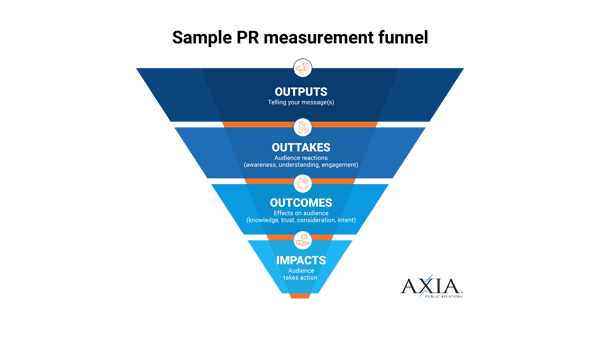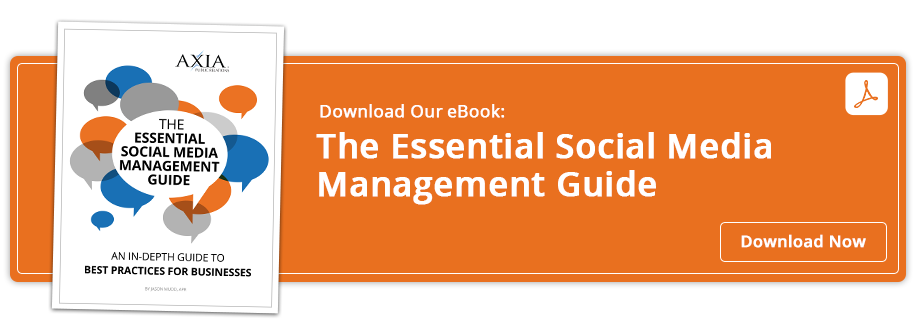
Creating specific and measurable goals is vital to establishing a foundation for successful integration of data analysis to business strategy. Without a goal, the time, energy and money you spend on acquiring and aggregating data will leave you directionless. So, which analytics matter most in public relations?
Typical key performance indicators (KPIs) include marketing campaign ROI; profits analyzed for variables, such as product, region, salesperson, etc.; and monthly projections/reality and month/month change amounts. Those are hopefully all numbers already in your data toolbox. You also must include metrics particular to PR.
A little RIIME
According to the Public Relations Society of America (PRSA), these five standard metrics measure online PR effectiveness:
1. Reach: how many people have been able to view an item
2. Impressions: how many people may have viewed an item
3. Item: any content that originally appears as digital media
4. Mentions: how many items reference a brand, organization, product, etc.
5. Engagement: total number of people who engaged with an item via likes, comments, shares, views, etc.
Most analytics software includes ways to measure these data points. While you may not be able to control engagement or mentions, you can control items and, to an extent, impressions. Don’t let possible lack of control discourage you from monitoring all elements. They’re key to determining how your audience reacts to content; they lend insight through trend analysis and click progression; and they allow you to pinpoint influencers with whom you can deliberately connect. This information may prompt you to consider web design changes such as adding call-to-action buttons, creating an A/B split test of various company webpages and adding a digital adoption platform in order to optimize your business traffic.
Now with some feeling
While RIIME metrics are valuable quantitative measures, you must remember to own your story. Emotions inform the consumer’s actions as much as logic. Measuring the quality, message and tone of your message is at least as important as knowing the cascade of engagement.
Quality: Does the content include key information, points and actions?
Message: Is it true to your company message? Does this content accurately convey what you intended to communicate?
Tone: Is the tone favorable to your company?
In evaluating these more subjective measures, you can’t fully rely on analytics software, though current advancements are exploring how to leverage artificial intelligence to do sentiment analysis. Because the automation isn’t foolproof, your company can do some snapshot analysis to gauge overall quality, message and tone. Creating a rating scale with examples of high- or low-value measures of quality, message and tone creates consistency in periodic data snapshots of media coverage and social media interactions.

See also 4 critical things you should know about measuring your success before you blame your PR firm
At the end of the day, this may feel more like you’re cooking an alphabet soup than managing PR. Between your KPI, RIIME metrics and physically monitoring quality, message and tone via custom rubrics, it’s quite an investment of time and resources.
Axia Public Relations offers a full suite of social media management and data analysis services that will help you drive business growth, provide opportunities to make long-term media contacts and protect and manage your company’s reputation. Download Axia’s complimentary e-book The Essential Social Media Management Guide to get started implementing the best social media practices for your company.
Clients love Noell’s high tech PR and instructional design experience. She earned her Master of Science in information technology management and business analytics from University of North Carolina. Noell has worked with Axia since November 2017.
Topics: public relations, measurement, earned media


Comment on This Article